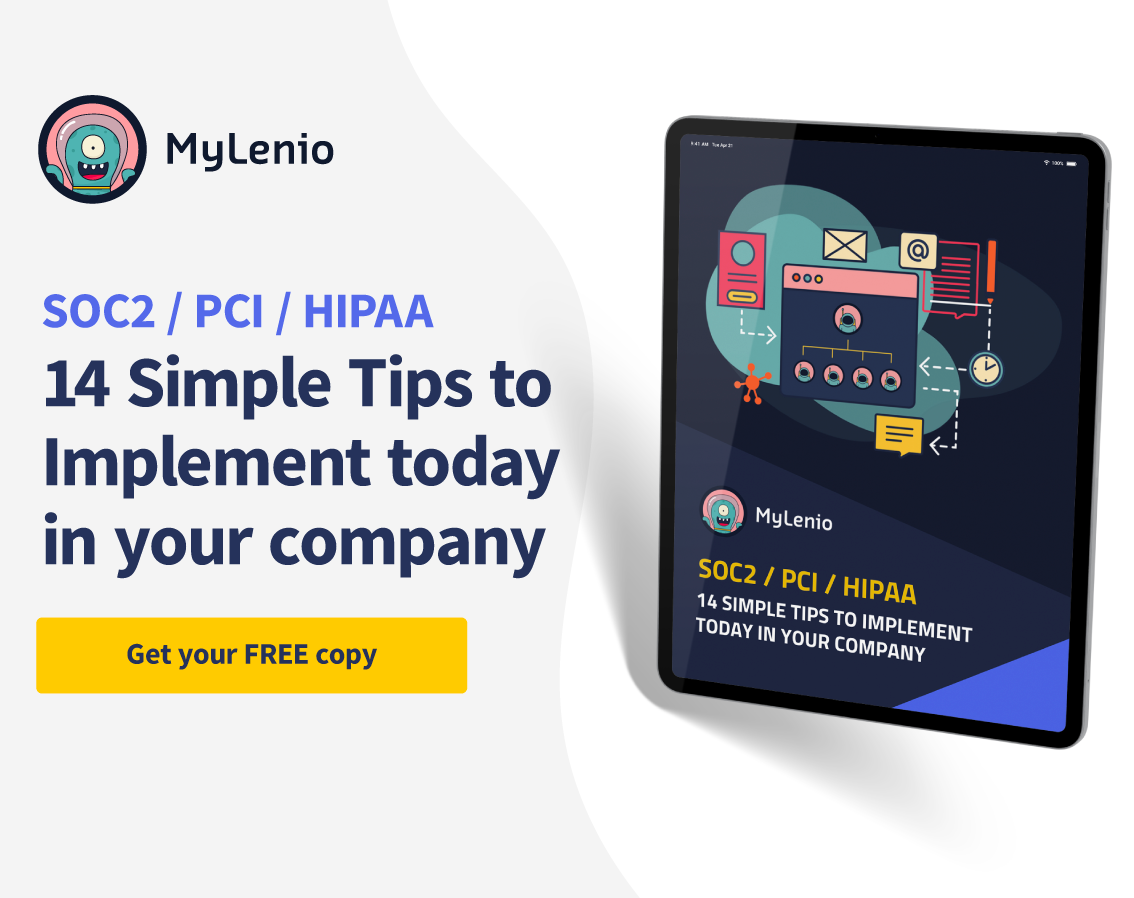Cybersecurity within companies has become one of the main priorities of any company, regardless of its size or sector. All companies have a large volume of sensitive data or information that cannot leak.
The principle of least privilege (POLP) gives each user, service, and application only the permissions necessary to do its job. It is one of the essential concepts in network and system security.
The principle of least privilege is the concept and practice of restricting the access rights of users, accounts, and computer processes to only those resources necessary to perform legitimate activities.
Some examples of the principle of least privilege where it would be very beneficial to use this cybersecurity system would be in;
in small and large companies with a medium to a large workforce and need access to sensitive content.
The principle of least privilege will be in charge of allowing access only to the people who need access to that information, avoiding security breaches or access to confidential information.
PoLP should minimize each user's level of access because it drastically reduces the risk of security and suffering attacks. By strictly limiting who can access critical systems, the risk of malicious changes and data loss, which can occur by users themselves or attackers who obtain their credentials, is reduced.
Another desirable benefit of applying the least privilege is achieving regulatory compliance. Many regulations, such as SOC 2, HIPAA, etc., require organizations to give users only the permissions necessary to complete their roles.
But the principle of least privilege also has limitations, and because our company applies it, we cannot neglect other aspects. It is essential to remember that the principle of least privilege is only one layer of a defense-in-depth strategy. Other technologies must also be implemented, such as firewalls that prevent connections, user detection devices that look for malicious code, antivirus. For example, suppose a user needs to access specific sensitive data. In that case, if keylogging software is installed on that user's device, that data could be transmitted to a third party without the user's knowledge. The principle of least privilege alone will not block this kind of attack, as the user needs access rights. Still, a comprehensive defense-in-depth security strategy would almost certainly prevent data leakage.
Considering the benefits and limitations of PoLP, we want to show you what you can do using MyLenio, our software that uses the principle of least privilege to operate:
An increasingly common problem in companies, and one that Mylenio wants to help you eradicate, is when someone leaves the company, for whatever reason, that user's accounts should be deactivated immediately and then deleted. But when companies lose control over accounts and accounts do not follow the deactivation and deletion process, they are in a dangerous scenario.
It is a significant challenge for companies to manage privileges for hundreds or thousands of individual employees, and adhering to the principle of least privilege is an arduous task. So a better access control strategy is to divide users into groups based on their job functions and then manage benefits for those groups. Let's say your company invests in a new scheduling application. Instead of granting each staff member of the programming team access to the application individually, a time-consuming and error-prone task, it will be sufficient to give the programming team the necessary permissions. This is the same if a user moves from one department to another. You can remove them from certain groups and add them to others, rather than manually removing hundreds of specific access rights and adding a similar number of new ones.
In other cases, you can also limit from which locations and can use an account. For example, an account may work fine in the Santiago, Chile team but not from the Buenos Aires office.
Each system should be configured to do what it is intended to do and no more. Best practices for locking down systems include changing all default passwords and disabling unused default accounts and services. After all, a simple Google search is all it takes to find the default username and password for any system. Simply shutting down anything you don't need will go a long way toward improving computer security.
Knowing the importance of least privilege access with remote workers is crucial. Remote work has increased dramatically since the early 2020s. The change has brought new challenges as the line between home and work has blurred.
Some organizations are trying to secure network access using a VPN. That kind of access has positives but, at the same time, brings some vulnerabilities. For example, an external HVAC worker gives remote access credentials to perform maintenance on some control systems. This allows the external worker to act quickly and perform their work remotely. However, if hackers steal those credentials, they could gain remote access to systems far beyond the HVAC controls, potentially causing damage to the entire network.
With the principle of least privilege, remote access is limited and granted only when necessary, limiting the scope and opportunity for an attack. Also, a significant advantage is that just-in-time access revokes the contractor's privilege as soon as the task is completed, adding a layer of protection.
For this and much more, start using in your SaaS the PoLP as a method of internal management in your company will bring many benefits and save you time and money, in addition to providing your company with more security and facilitating the overcoming of audits.
At MyLenio, we provide our clients with the Principle of Least Privilege is the most efficient way to manage your company.
Log on to MyLenio and find out more.

